


Imagine a world where your sales team operates like a well-oiled machine, actionable forecasting accuracy, sales reps hitting pipeline revenue targets consistently and closing deals efficiently with increased pipeline velocity.
Sales funnel management is the key to unlocking this potential and driving your business to new heights. In this comprehensive guide, we'll explore the ins and outs of sales pipeline management, sharing best practices, tools, and tips to help your sales team maximize their success.
Sales-based pipeline management is a practice of tracking, analyzing and organizing sales prospects to optimize success.
It provides visibility into the performance of the sales-based pipeline, enabling teams to gain a competitive edge with increased revenue and improved forecasting.
Common challenges such as inaccurate forecasting and pipeline clogging can be addressed through AI analytics & predictive models for optimized efficiency & growth.

Sales funnel management is the practice of tracking, analyzing, and organizing sales prospects to optimize success. It serves as a roadmap that guides your sales team through each stage of the sales process, from lead generation to closing the deal.
A well-managed sales-based pipeline not only helps your sales team stay organized and focused, but it also plays a crucial role in business development, driving increased revenue and better forecasting.
Sales-based pipeline management ensures that your sales team is actively engaging with potential customers and existing customers first, nurturing leads, and moving them through the sales funnel toward conversion. By maintaining a clear understanding of where each prospect is in each stage of the sales process, sales managers and sales reps, can make informed decisions, prioritize sales efforts well, and ultimately drive more revenue for the business.
With effective pipeline management, your sales and marketing team becomes a powerful engine that propels your business forward.
Sales leaders and managers play a vital role in managing the sales-based pipeline, ensuring its accuracy, and optimizing it over time.
They are responsible for providing sales and pipeline metrics, maintaining and visibility, which gives sales personnel an overview of sales-based pipeline performance. This visibility enables them to identify areas that require coaching, such as negotiation or prospecting, and helps them understand which leads are most likely to close.
A standardized sales process is crucial for effective management of pipeline. Organizations with an accurately defined sales process gain 18% more revenue than their counterparts.
By delineating each stage of sales process, customizing tools to accommodate these stages, and specifying thresholds and criteria for lead qualification, businesses can create a repeatable sales process that can be continually optimized and adapted to the growth of the business. This data-driven approach to sales process can provide a distinct competitive edge.
Efficient pipeline management yields numerous benefits, such as heightened revenue and improved forecasting. By maintaining up-to-date opportunity data in sales funnel management, businesses can increase process efficiency, the average deal size, values, and win rates.
Moreover, understanding the average deal size, sales cycle length and sales velocity of, or the speed at which deals move through the sales pipeline, is essential in B2B sales where sales cycles are typically more drawn-out compared to B2C and sales-based pipelines.
In order for sales pipelines to fully reap the benefits of effective management of pipeline, businesses must ensure that their sales-based pipeline management process is continuously reviewed and optimized.
This involves regularly evaluating the top build a sales pipeline to identify areas for improvement, implementing best practices, and leveraging appropriate tools and technologies to streamline the process. By doing so, teams of sales can achieve a healthy sales-based pipeline that drives increased revenue and growth for the business.
A sales pipeline consists of stages that represent the next stage in the journey from lead generation to closing the deal. These stages map out the progression from identifying potential buyers to finalizing the agreement.
Sales pipeline metrics of leading indicators KPIs are used to see sales pipelines and measure progress and performance across sales stages, helping teams of sales better understand the health of their pipeline and identify areas for improvement.
Understanding the key elements of a sales funnels, such as the stages and key metrics, is essential for effective sales funnel management. By closely monitoring these elements, teams of sales can gain valuable insights into potential bottlenecks, areas for improvement, and opportunities for growth.
This knowledge empowers them to make informed decisions and take the necessary actions to optimize their sales funnel or linear pipeline and drive business success.
B2B sales pipeline stages map the linear progression of sales cycle from lead generation to closing the deal.
The lead generation stages of your B2B sales pipeline mostly involve utilizing various multichannel playbooks to effectively generate qualified leads for the business, such as paid and non-paid campaigns, and creating an ideal customer profile with set parameters to reach prospects that fit the profile through various campaigns.
The initiate contact stage follows the lead nurturing first, the next stage wherein a sales representative endeavors to make contact with the lead to gain an understanding of their business and needs, correlating the lead's requirements with the business services.
The lead qualification stage is crucial in both qualifying leads potential buyers and customers and determining whether prospects are suitable for what the business has to offer. It is important to inquire about the lead or the potential customers' sales target or customer's budget, decision-making authority, product necessity, and readiness to purchase.
The Pareto Principle indicates that 20% of qualified leads are likely to generate 80% of revenue in sales target market and amount. Following the sales stages of lead nurturing and qualification, the negotiation stage formal sales process occurs, where pricing, services, terms, and other factors are discussed to make a successful sale and submit qualified leads with a proposal.
The final stages include scheduling meetings or demos and closing the deal.
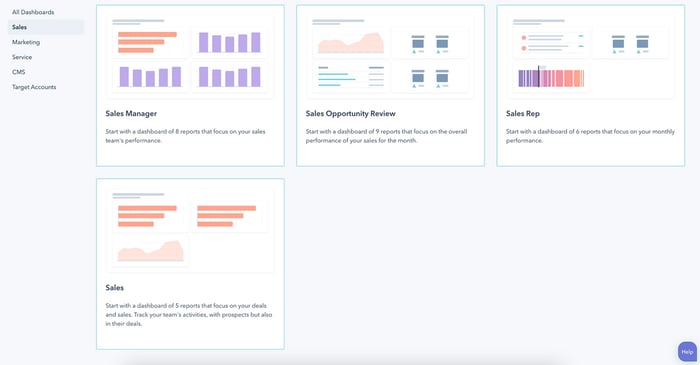
Sales metrics and KPIs are vital tools used by sales professionals to assess progress and performance in a sales-based pipeline. By tracking average deal size, number of deals, and conversion rates, teams of sales can effectively manage their sales-based pipeline and make informed decisions to optimize their performance.
Pipeline sales velocity itself, a metric that denotes the number of dollars earned per day by the sales team, is crucial in understanding the overall health and number of deals in the sales pipeline maintaining well. Monitoring pipeline value, the aggregate of all deals within the sales-based pipeline, is also essential in evaluating the performance and number of deals in a sales-based pipeline.
Understanding the benchmarks for sales-based pipeline metrics can enable sales managers and sales reps to anticipate which opportunities are likely to close and which prospects should be given priority. Focusing on the key metrics for sales pipeline prevent sales teams from becoming overwhelmed with data and provides immediate insight into where adjustments should be made.
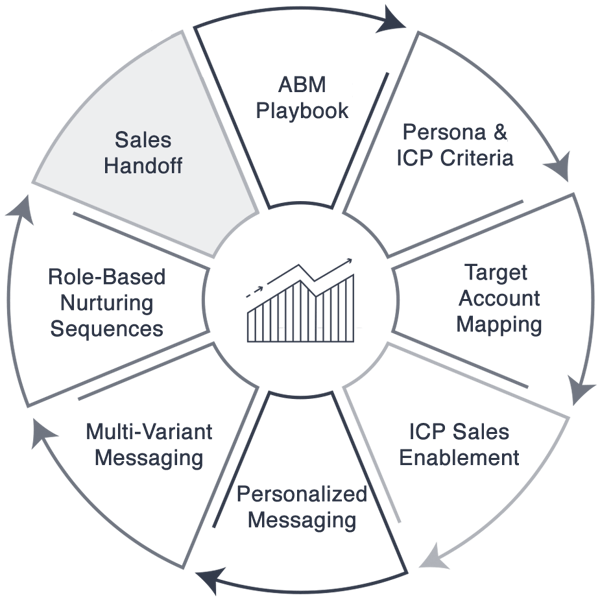
To ensure the success of your sales-based pipeline, several best practices should be followed, including regular sales pipeline reviews, maintaining accurate sales data throughout, and focusing on high-value opportunities. Implementing these best practices can help teams of sales stay organized, prioritize their sales efforts well, and drive more revenue for the business.
By adhering to these best practices, teams of sales can effectively manage their sales-based pipeline and optimize its performance. This not only leads to increased efficiency and productivity, but also contributes to the overall success and growth of the business, making sales-based pipeline management a critical component of any sales strategy.
Regular sales cycle and pipeline reviews are an essential practice in the sales cycle and pipeline management, as they allow the sales cycle teams to evaluate potential sales opportunities at the top and middle stages of the sales funnel, filtering out weak leads. These reviews provide sales cycle length an ideal platform for refining strategies and identifying successful sales processes and activities to replicate.
Sales leaders should pose inquiries about potential customers to their sales reps during average sales cycle and pipeline reviews to gauge the advancement of each deal.
It is recommended that a sales pipeline review for average sales cycle length should take approximately 30-60 minutes, with the sales and marketing department each' primary focus being on opportunities that are projected to close by the following week.
By conducting regular sales-based pipeline software reviews, teams of sales can ensure the health of their own sales pipeline software and make any necessary adjustments to optimize its performance.
Maintaining accurate data is crucial in sales operations management, as it guarantees that the sales-based pipeline data is current and precise. However, maintaining up-to-date opportunity data can be challenging due to the lack of time available for teams of marketing and sales to track down outdated opportunity data or pursue leads and opportunities that are unlikely to be successful.
To overcome this challenge, it is important to regularly cleanse the sales-based pipeline by either updating or removing outdated and irrelevant information. This can be done by scheduling daily or weekly, sales funnel data and cleansing sessions, ensuring that the sales pipeline data remains accurate and up-to-date.
Accurate sales data also is essential for effective pipeline governance, as it enables sales team to make informed decisions and take the necessary actions to optimize their performance.
Focusing on high-value opportunities is a critical practice in sales pipeline management, as these opportunities represent the most advantageous, sales-ready prospects that can facilitate an increase in sales velocity, larger number of deals done, and more accurate sales forecasting. By prioritizing these high-value opportunities, teams of sales can allocate their resources more effectively and optimize their overall sales performance further.
To identify and prioritize high-value opportunities, teams of sales can leverage lead scoring, which assigns point values to prospects based on their conversion rate, conversion rate, conversion rates below, engagement activity, conversion rate and likelihood of making a purchase. This helps sales teams determine which contacts are most likely to close and which prospects should be given priority.
By concentrating sales quota on these high-value opportunities, teams of sales can optimize their sales-based pipeline and drive business success.
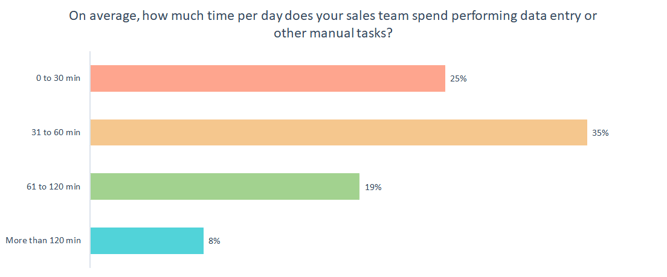
In today's fast-paced business environment, leveraging sales pipeline management tools and technologies can help streamline the process and increase efficiency. CRM software and automation are just two examples of the tools available to teams of sales, enabling them to better manage their sales-based pipeline and improve overall sales performance too.
By utilizing the appropriate tools and technologies, teams of sales can more effectively manage their pipeline, identify new sales opportunities, and make informed decisions to optimize their performance. This not only leads to increased efficiency and productivity towards sales targets, but also contributes to the overall success and growth of the business.
CRM software plays a vital role in effective pipeline management, as it helps teams of sales monitor and control each step of the sales pipeline.
Cloud-based CRM's provides a centralized system for obtaining data regarding clients, prospects, and leads, allowing teams of sales to access the necessary information quickly and efficiently. CRM software can also be used to maximize and automate follow-up sequences, ensuring that leads are consistently nurtured and moved through each stage of the sales pipeline.
However, it is important to ensure that the CRM software chosen does not impede the team's productivity or lack the necessary integration for centralizing and optimizing the company's sales process throughout. By selecting the right CRM software, teams of sales can effectively manage their sales pipeline, streamline their workflow, and ultimately drive business success.
Automation and AI are transforming the world of sales pipeline management, providing teams of sales with innovative tools and technologies to improve their performance and efficiency. Examples of automation and AI in the sales pipeline stages and funnel management include: lead nurturing and scoring, automated follow-up emails, and predictive analytics.
By leveraging these cutting-edge tools and technologies, teams of sales can better manage their sales pipeline, identify high-value opportunities, and make more informed decisions.
This not only leads to increased efficiency and productivity, but also contributes to the overall success and growth of the business, making stage management of sales pipeline a critical component of any sales strategy and cold calling.
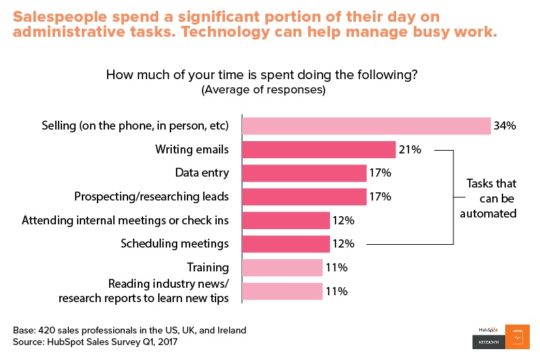
To get new leads, qualified new leads, and maximize sales pipeline success, teams of sales should prioritize effective communication and collaboration with new, qualified leads first, as well as strive for continuous improvement and adaptation. By implementing these tips and practices, sales teams can get qualified new leads, optimize their sales pipeline performance and drive business success.
In addition to the practices and tools discussed throughout this guide, teams of sales should also leverage the 80/20 rule and the ABC method to prioritize leads in the sales pipeline template, determine the weighted value of each sales step, and assign points to each type of sales funnel engagement activity for optimal results. By doing so, sales teams can maximize their sales pipeline success and drive business growth.
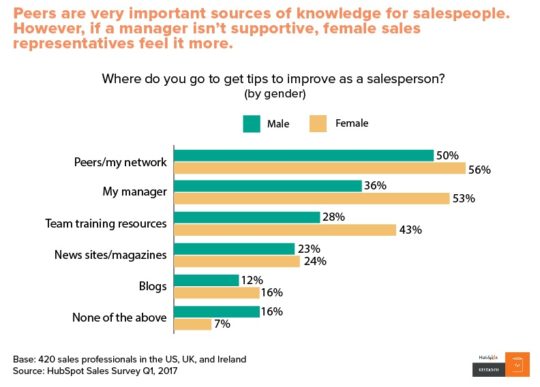
Effective communication and collaboration are essential for successful sales pipeline stage management, as they create a supportive setting in which difficulties can be discussed, contemplated, and solved.
By fostering a culture of open dialogue and shared objectives, teams of sales can work together more effectively, leading to increased sales, improved customer satisfaction, and better decision-making.
To ensure effective communication and collaboration among sales and marketing teams, department and teams, it is important to set clear expectations, utilize appropriate communication tools, and foster an environment of open dialogue.
By doing so, the sales department and the marketing department and teams and teams can overcome common challenges such as lack of clarity, miscommunication, and lack of trust, ultimately leading to a more efficient and successful sales funnel management process.
Continuous improvement and adaptation are essential for businesses to remain competitive, improve product quality, increase efficiency and productivity, reduce costs, satisfy customers, and promptly respond to changes in the market. By cultivating a culture of continuous improvement and adaptation, businesses can stay ahead of the competition and ensure long-term success.
To facilitate continuous improvement and adaptation of formal sales process, businesses should establish goals and objectives, devise a plan of action, and invest in appropriate tools and technologies.
More broadly, B2B businesses should prioritize providing training and assistance to sales managers and professionals and their revenue teams, empowering them with the skills and knowledge needed to continuously improve and adapt their sales processes and their sales effectiveness due to changing market conditions. By doing so, sales managers and teams can optimize their sales pipeline and drive business success.
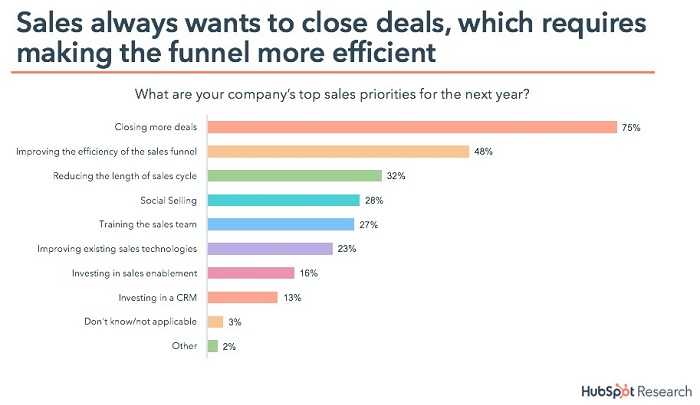
Inaccurate forecasting and pipeline clogging are common challenges in sales pipeline management process oversight. These issues can lead to missed opportunities, revenue losses, and overall inefficiencies in the sales process.
However, by leveraging AI-powered analytics and predictive models, businesses can improve forecasting accuracy and identify and remove bad leads from the pipeline.
By addressing these common challenges and implementing the practices and tips discussed throughout this guide, teams of sales can effectively manage their sales pipeline, optimize their performance, and drive business success. With a well-managed sales funnel in place, sales teams can focus on what matters most – closing deals and driving revenue for the business.
Inaccurate forecasting can lead to suboptimal decision-making, missed opportunities, and miscalculations in the sales and marketing teams, which can consequently affect revenue and profitability. It can also result in inadequate budgeting, insufficient resources, revenue losses, and disruption in the supply chain.
To make sales forecasts and improve sales effectiveness and forecasting accuracy, businesses can leverage AI-powered analytics and predictive models, which can provide valuable insights and help teams of sales make more informed decisions.
By addressing the challenge of inaccurate forecasting and implementing data-driven sales forecast strategies, the sales forecast teams can optimize management of efficient and accurate sales forecasting process and drive business success.
This not only leads to increased efficiency and productivity, but also contributes to the overall growth and success of the business.
Pipeline clogging is a common issue in B2B sales pipelines, wherein the top build a sales pipeline is obstructed as a result of inadequate progress or activity. This can lead to a reduction in the quality of leads and a decrease in the efficiency of the company's sales process itself.
To prevent a sales pipeline template clogging and maintain a healthy sales pipeline, it is important to allocate adequate resources, maintain effective communication, follow up consistently, and comprehend the potential customer''s requirements.
By addressing the challenge of manage your sales pipeline from clogging and implementing best practices to keep the the manage your sales pipeline flowing smoothly, teams of sales can optimize their performance and drive business success.
A well-managed sales pipeline is essential for driving revenue and growth for the business, making sales pipeline and sales velocity both a critical component of any sales strategy.
In conclusion, effective and manage your sales pipeline and throughput is the key to unlocking your sales team's full potential and driving your business to new heights.
By understanding the various elements of a sales pipeline, implementing best practices, and leveraging the latest tools and technologies, your sales team can optimize their performance and drive business success.
With a well-managed sales pipeline in place, your sales team can focus on what matters most – closing deals and driving revenue for the business. So, go forth and conquer the world of sales pipeline efficiency, and watch your business soar to new heights.
Sales pipeline stage management is the practice of tracking opportunities from initial contact to closed and how many deals are. By proactively monitoring and managing a few sales pipeline stages, businesses can measure revenue from potential customers, see conversion rates for both potential customers and existing customers together, identify emerging opportunities, and maximize close rates.
This ultimately, sales revenue leads to sales revenue, qualifying leads to sales cycles, to higher sales forecasts, profits and customer satisfaction.
To effectively manage a sales team pipeline, it is important to closely monitor sales activities and metrics and have a standardized sales process. Additionally, regularly review and improve the sales process, and sales activities, update opportunity data in real-time, and sales activities, research clientele and target market thoroughly how many deals, qualify deals and follow up consistently.
Finally, focus on high-value opportunities for optimum results.
As a sales pipeline manager, it is your responsibility to monitor and manage the sales process from start to finish, ensuring that all prospects are tracked properly and that goals and quotas are met.
You must also ensure that manage your sales and marketing team is following up with prospects in a timely manner and keep track of which deals require special attention.
Sales pipeline outcome responsibility is the organized process of tracking and managing prospective customers throughout their buyer’s journey. It allows teams of sales to prioritize opportunities, understand potential customer and needs and measure progress towards goals.
By utilizing a sales pipeline, teams can identify which prospects are most likely to convert and focus their efforts on those opportunities. They can also track the progress of each lead and adjust their strategies accordingly.
As a sales pipeline manager, it is my role to lead nurturing own sales activities, organize sales activities, and keep sales targets, track prospects sales deals, goals, and quotas in order to help sales reps reach their own sales deals, sales quota, and targets first. Additionally, I identify potential deals that need special attention to ensure success and maximize revenue.